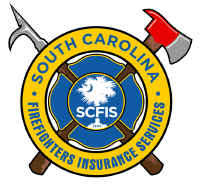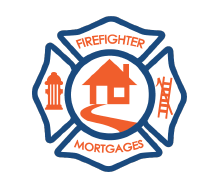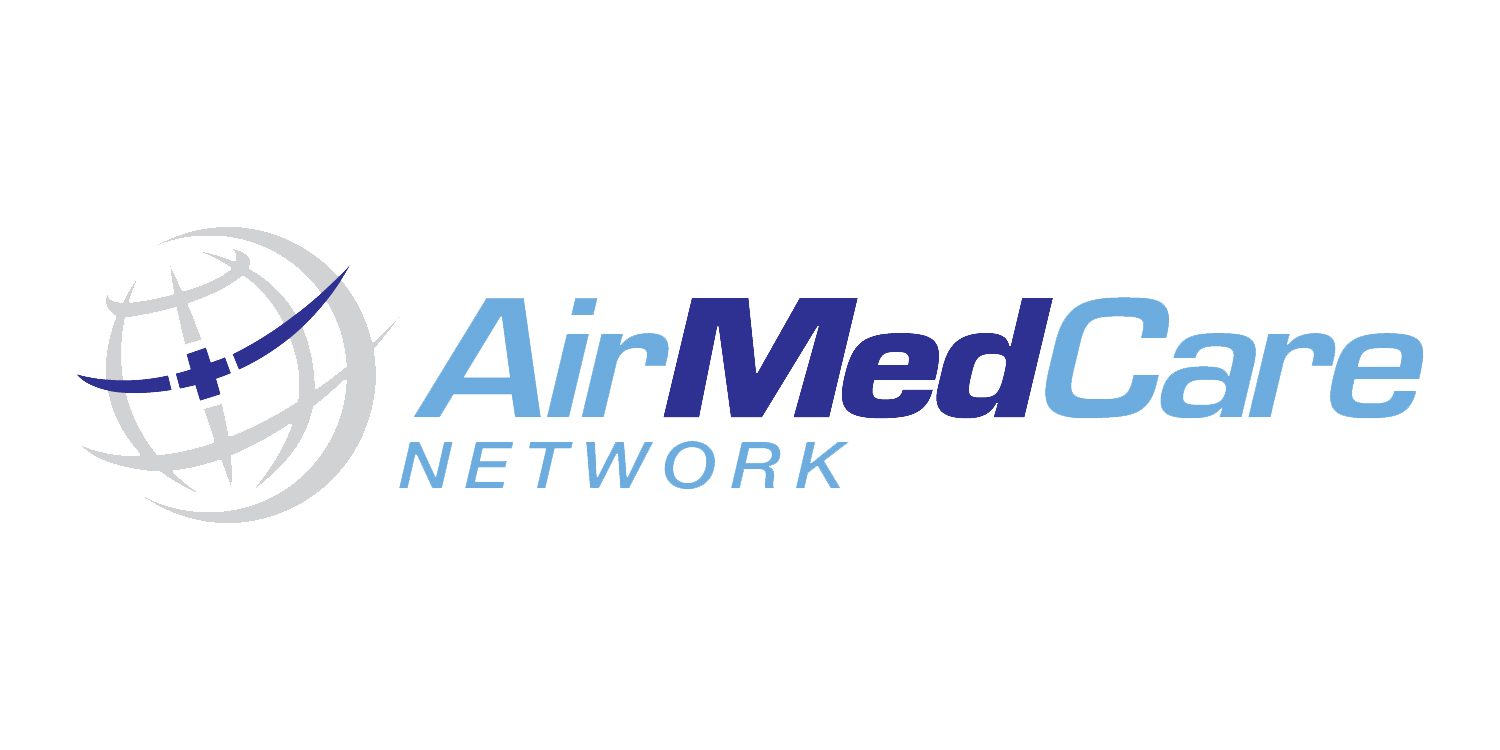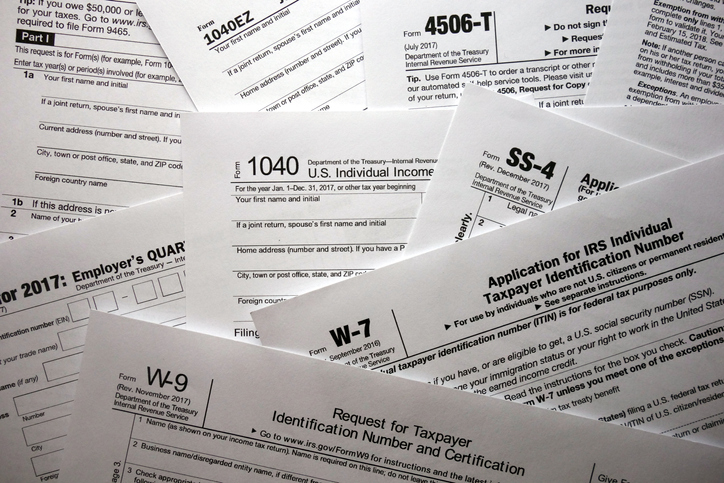Insurance
The South Carolina Firefighters Insurance Services, LLC, was chartered in 2005 by the South Carolina State Firefighters' Association to assist and obtain better benefit opportunities for the South Carolina fire service and other first responder organizations. Our mission is to provide quality benefits to Association members and other first responders through education, exceptional customer service, and strategic partnerships. Our vision is to provide quality services and products for behavioral, physical, and financial well-being of our members.

Insurance Forms
Support Programs
Bereavement Dress Uniform Program
The Bereavement Dress Uniform Program exists to ensure every emergency service provider is afforded the honor and every emergency service provider's family has the opportunity to bury their loved one in a dress uniform, at no cost to the family. Contact the Lighthouse Uniform Company at 1-800-426-5225 to donate or purchase a uniform.
 Learn More
Learn More
Local Assistance State Team (LAST)
After a line-of-duty death, the family and the department of the fallen have many questions. Be a part of the Local Assistance State Team to provide compassion and guidance to the survivors.
 Learn More
Learn More
Retirement
The South Carolina State Firefighters’ Association assists in retirement planning for career and volunteer firefighters across the state. This planning includes sponsoring a supplemental retirement plan for career firefighters and a Length of Service Awards Program (LOSAP) for volunteer firefighters. These two plans are funded through contributions from the Firemen’s Insurance and Inspection Fund (1% Fund) from fire departments. The Plans are overseen by Trustees elected by members of the Association. The Trustees have selected two outside firms to manage all aspects of Plans.
Milliman serves as the administrator for the plans and is responsible for maintaining all participant records. For instructions on making deposits, processing beneficiary payments, updating beneficiary information as well as useful retirement planning tools and other information, please visit the Milliman website.
CCM Investment Advisers, LLC serves as the investment manager for the plans and is responsible for investing funds held by the plans consistent with the objectives established by the Plan Trustees. For additional information about CCM and the Plan investment strategies, please visit CCM website.
Please direct questions about your One Percent Retirement to Kim Bowman at (803) 529-1370 or [email protected].
Participants in the South Carolina State Firefighters’ Association Retirement Plan and Trust and Length of Service Awards Program (LOSAP) received an email the week of April 12, 2024 detailing important information about the retirement plan account. If you participate in the Plan and have not received an email with this information, please check your junk/spam folders. The email is also available here.
If you are a fire chief or fire chief's designee, please login to the Milliman site here.
Financial
Supporting our Members
Every day, every employee of SCSFA Member Benefits is working to serve the needs of our members with savings, discounts, products and services to help make their lives more rewarding. We have worked with various partners to help provide our members with financial programs to help with everyday needs like housing & mortgages to air transport in cases of emergency.

FirefighterMortgages.com
Serving those who serve with pride, integrity, and value.

Everyday Hero Housing Assistance Fund
Helping service professionals and their families to become homeowners.

Homes for Heroes
Connect with a local specialist today to maximize how much you save on a home.

Capital City Home Loans
A trusted full-service lender that offers a suite of mortgage financing options like FHA, VA, conventional, jumbo, and portfolio products.

MASA Medical Transport Solutions
Protecting you from outrageous emergency bills.

AirMedCare
AirMedCare Network’s alliance of affiliated helicopter and airplane air ambulances can provide medical treatment and transport, dramatically reducing travel time to an emergency facility. Please contact Tony Sharpe 864-887-0599 for more information.

CPM Federal Credit Union
We value our relationships with our local heroes and want you to know that we are here for you when you need a financial partner.

Volunteer Incentive Program (VIP)
TAX DEDUCTION
Volunteer firefighters are allowed a tax deduction of up to $3,000 through the Volunteer Incentive Program administered by South Carolina State Fire. Volunteers qualify only if their chief provides them with a form stating that they have earned the minimum number of points established by the State Fire Marshal during the year. An individual is limited to one deduction of $3,000; if a taxpayer and spouse both qualify, a deduction of up to $6,000 is available.

